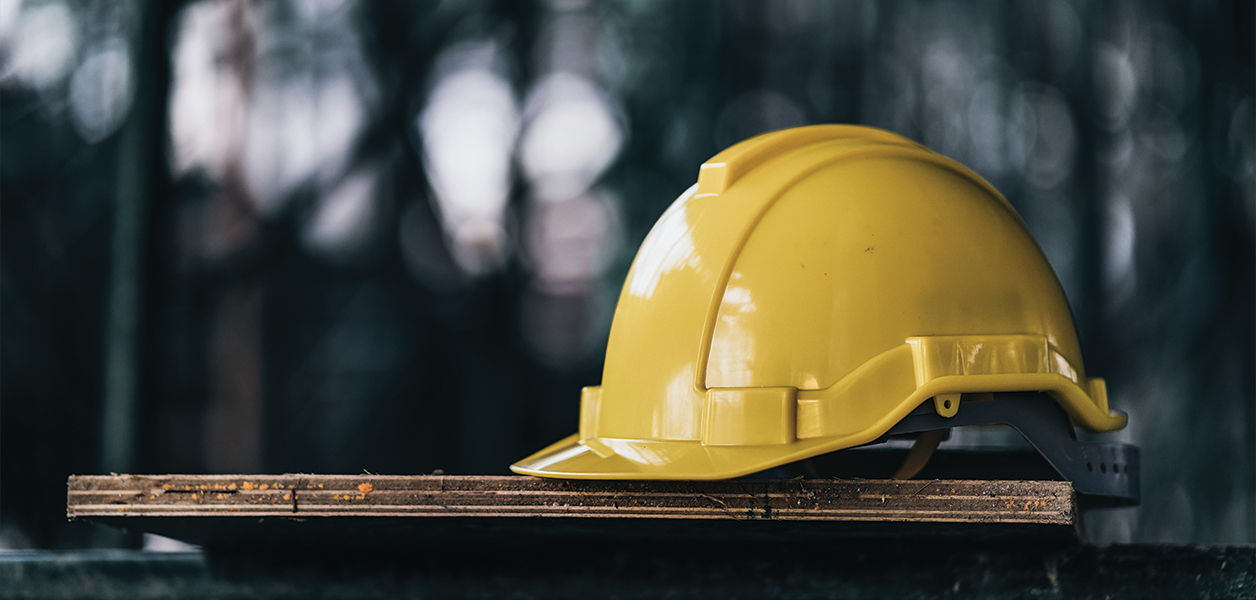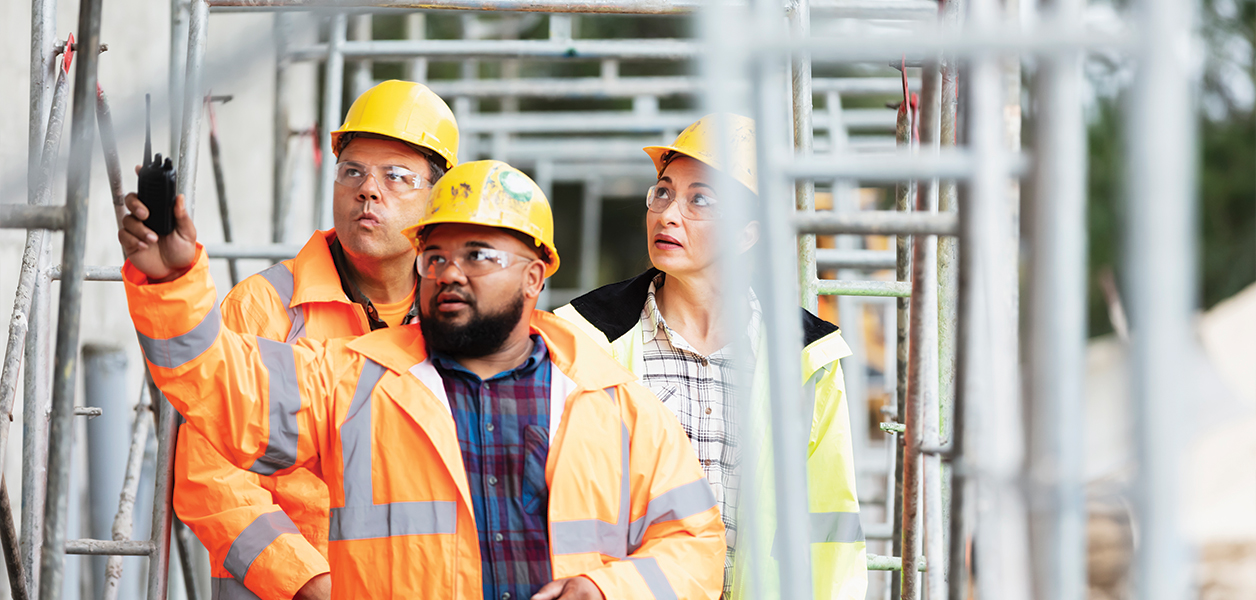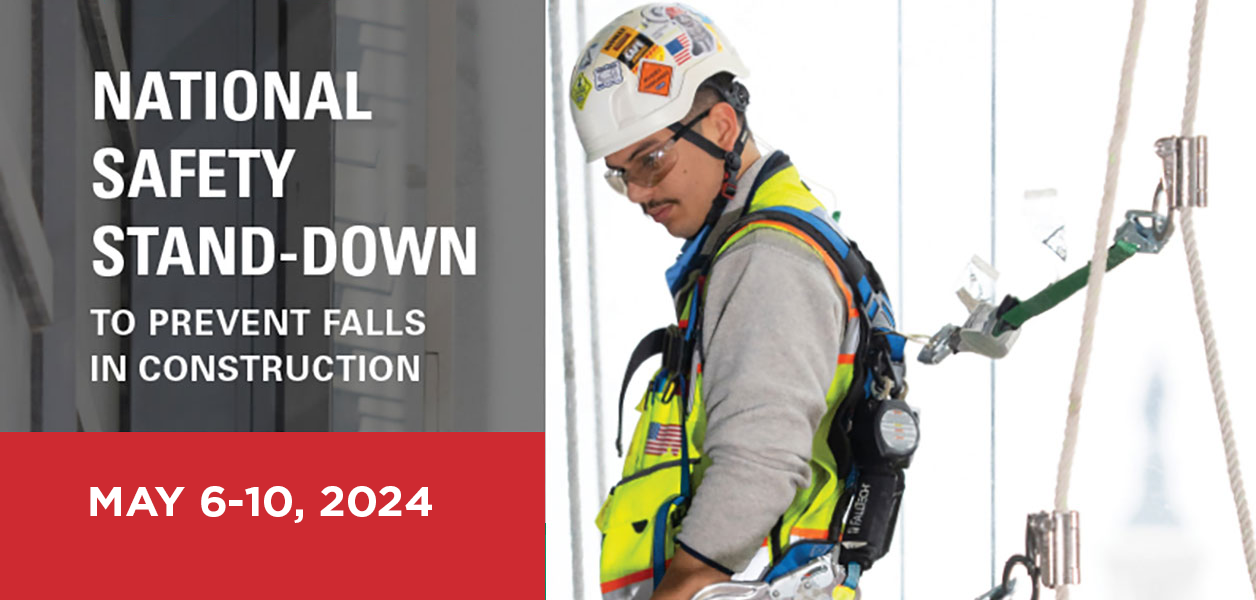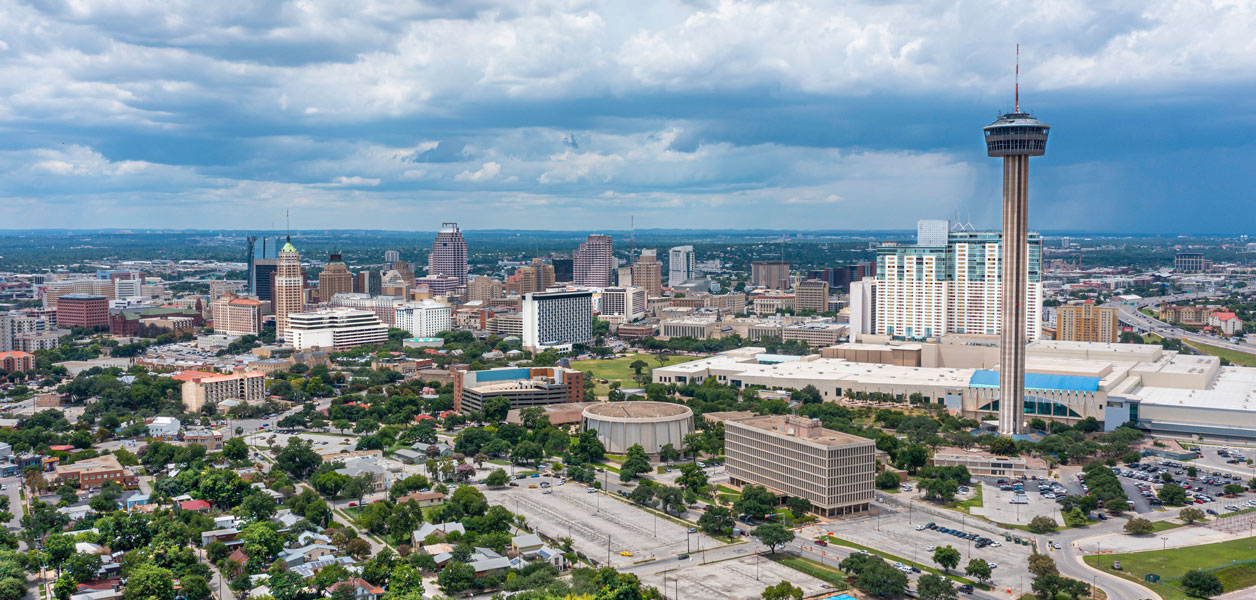The average U.S. worker is getting older—the median age of the labor force rose from 39.3 in 2000 to 42 in 2020, according to constructionexec.com. The average age of construction workers is 42.5—up from an average of 40.5 in 2013.
As workers age, healing can be more difficult, and injuries can linger. Older workers are more likely to get hurt badly from falls, suffer from more chronic conditions and are at a greater risk of death from occupational accidents. Additionally, their injuries typically cost more to treat and require more time to heal.
It is important to acknowledge challenges older construction workers may face and find ways to ensure their safety.
- Recognize that no one job fits all. The National Institute for Occupational Safety and Health recommends employers allow workers to perform to their strengths by self-determining job tasks as much as the position will allow—for example, completing tasks on the ground rather than on a 20-foot ladder.
- Understand the effects of strenuous physical demands. Work pace is not associated with an increased rate of accidents, but high physical work demands are. Allowing workers the flexibility to reduce the physical rigors of their work can reduce the likelihood of injury.
- Invest in worker training. No matter how many years employees have been on the job, everyone can use refreshers. In fact, having a lot of experience sometimes can cause complacency, so keeping up with training is crucial.
- Make accommodations for returning workers. A Canadian study revealed there seems to be no place for injured construction workers when it is time to return to work, and few construction companies have return-to-work policies to support disabled persons. Reasonable accommodations and return-to-work processes can facilitate a productive return to typical duties. And not every accommodation is costly—sometimes it simply is modified hours to allow for rest.
- Create a safe working environment. Good housekeeping on job sites is crucial for all workers. Provide adequate lighting; keep work surfaces free of oil, water, snow and other hazards; and adhere to safety protocols such as appropriate anchoring to prevent falls. Have frequent on-site digitized safety inspections and share photos or videos of site conditions to help identify issues.
- Provide resources. Telephone or online resources for workers with health concerns can promote worker health and safety and raise awareness of issues to supervisors.
Although older construction workers may face certain safety challenges, no age demographic is without risks, and companies should do what they can to keep all employees safe.





